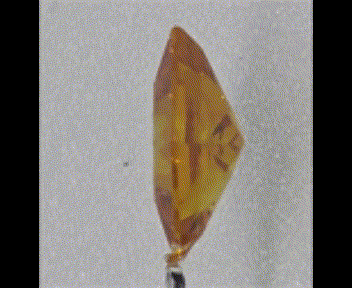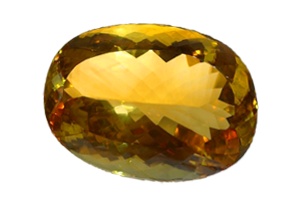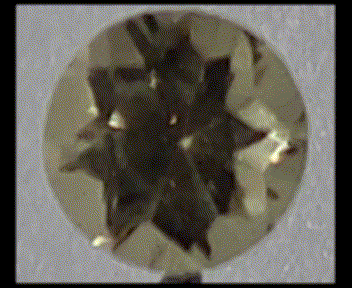Gem of the Month: November
By admin / October 31, 2025 / No Comments / Uncategorized
November birthdays have their pick of two energizing stones: Citrine and Topaz. These two gems are most well known for warm yellow and orange hues and bring a spark of warmth as we approach the holiday season.
Citrine

Citrine is a striking variety of transparent quartz known for its warm hues, ranging from golden yellow to deep orange-brown. Its name comes from the Latin “citrus” through the French “citron”, meaning lemon. There is some debate over whether lemon quartz should be classified as citrine, though, most gemologists regard them as distinct due to citrine’s relative rarity in nature.


Because naturally occurring, high-quality citrine is uncommon, much of the citrine on the market is actually heat-treated amethyst. Some look down on the practice, but most markets around the world accept citrine of this variety, as even buyers may not know which stones were 100% natural and which have been enhanced.
Among the most famous citrines is the Malaga Citrine, a massive 20,200-carat faceted gem, the largest faceted citrine in the world. Its current location, and the location of many other impressive gems, remains a mystery after the museum where it was to be displayed was closed amidst controversy in 2012.

Citrine, though moderately hard, is prone to chipping and abrasion, especially at points and facet edges. To preserve its appearance, citrine jewelry should be removed during physical activity, stored separately from harder materials, and regularly cleaned with warm water, mild dish soap, and a soft tooth brush. Harsh cleaning methods like solvents, steam or ultrasonic cleaning should be avoided, as should soaking for more than a few minutes.
Topaz

Topaz is a fascinating gemstone known for its range of vibrant colors, though in its purest form, it is completely colorless. The warm yellows and oranges commonly associated with topaz are caused by trace amounts of iron. A fair amount of the blue topaz on the market today was originally pale yellow or grayish and was heat treated and irradiated, a process that can also occur naturally, though far less frequently.


Due to its relatively low index of refraction, topaz does not exhibit the same level of brilliance as some other gemstones. As a result, gem cutters often optimize for color over sparkle when faceting the stone.
Historically, the name “topaz” was used rather loosely. During the Middle Ages, it referred to any yellow gemstone. The name itself originates from the island of Topazios (modern-day Zabargad, Egypt), which ironically contained no actual topaz but was rich in peridot.
The El Dorado Topaz, a staggering 31,000-carat emerald cut gem, holds the distinction of being the largest cut yellow topaz, and one of the largest faceted gems, in the world. Though its exact dimensions aren’t given, we’ve calculated the dimensions to be somewhere between 7 to 8 inches long and 6 to 7 inches wide, based on the average density of topaz and standard emerald cut dimensions.

While topaz is relatively hard and suitable for daily wear, it is also brittle, making it susceptible to accidental fracture, especially along its plane of cleavage. Steam and ultrasonic cleaners should be avoided, and prolonged exposure to sunlight or UV can cause stones to fade, especially color-treated stones. The safest way to clean topaz jewelry is with warm water, mild dish soap, and a soft tooth brush.